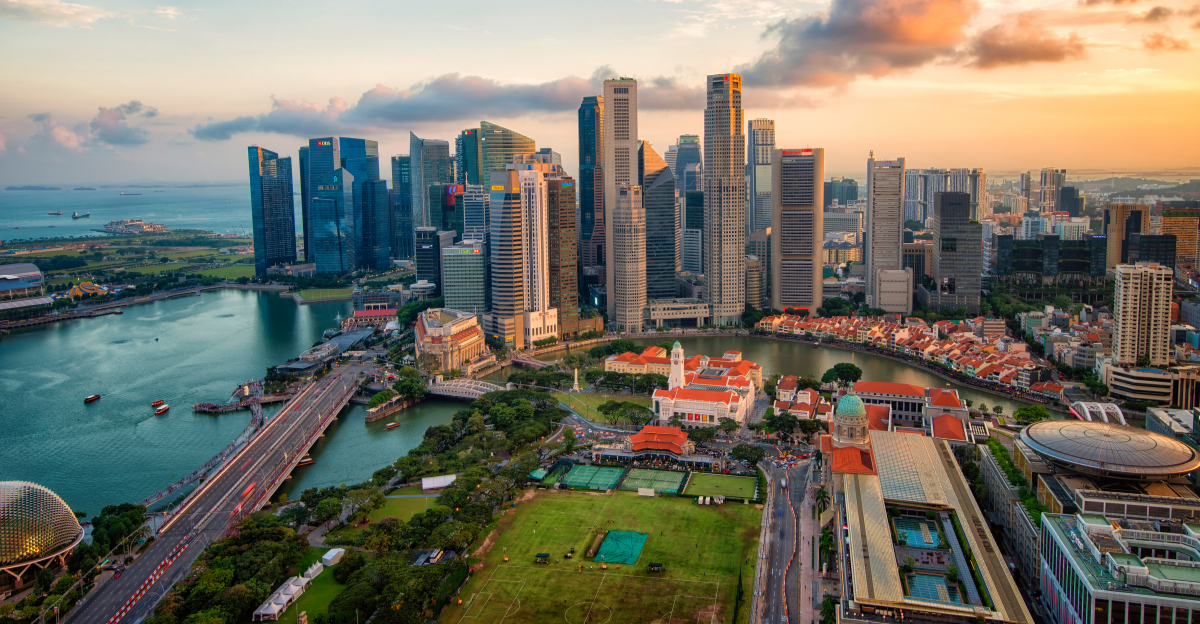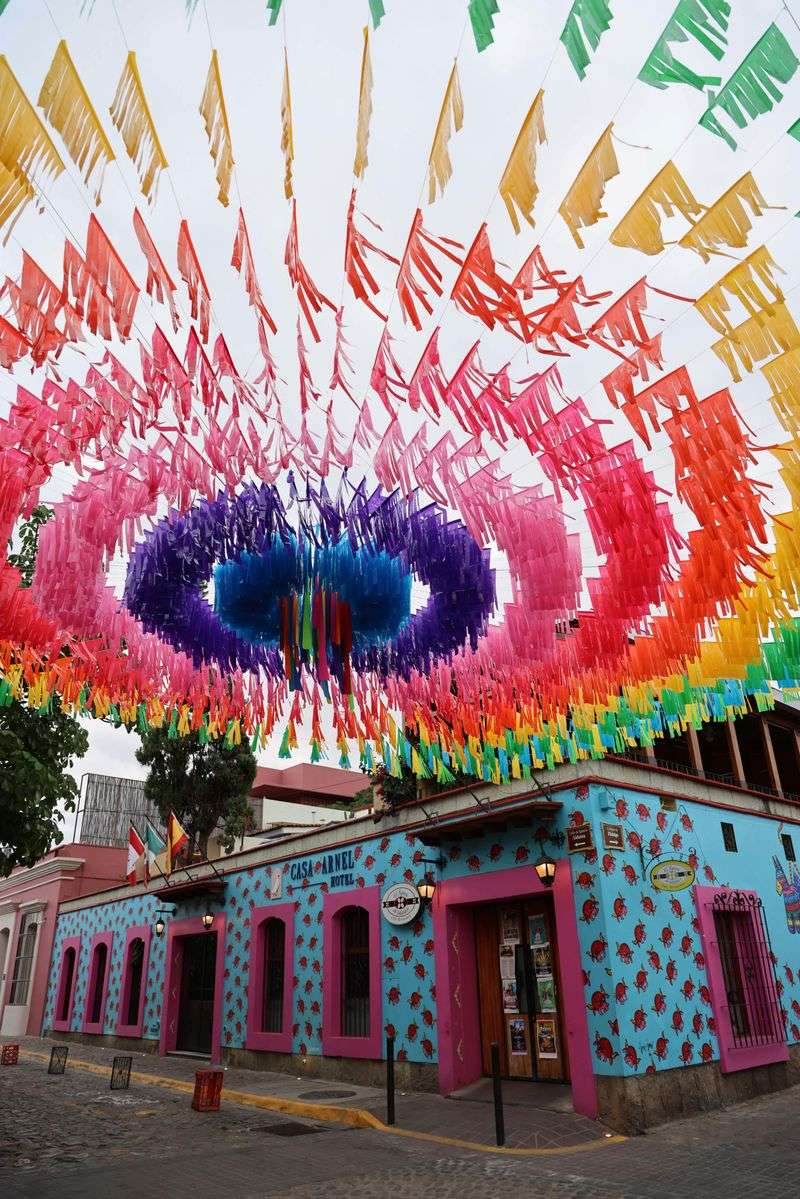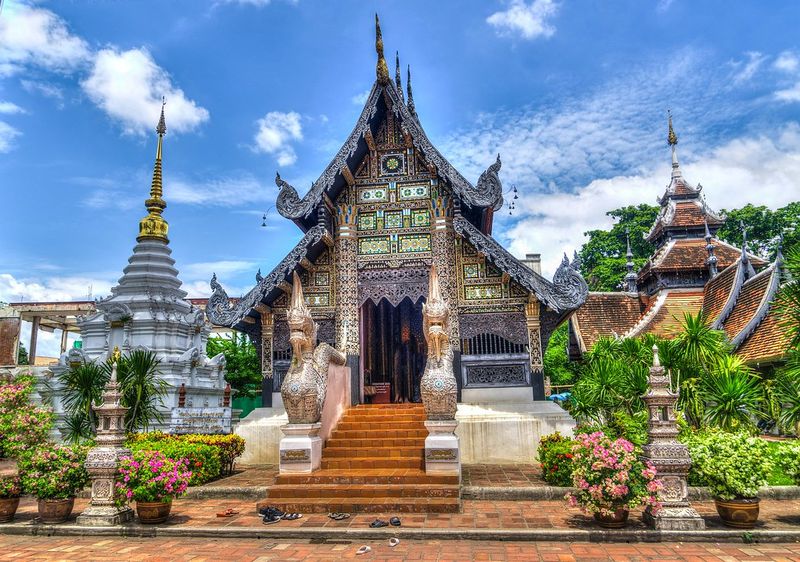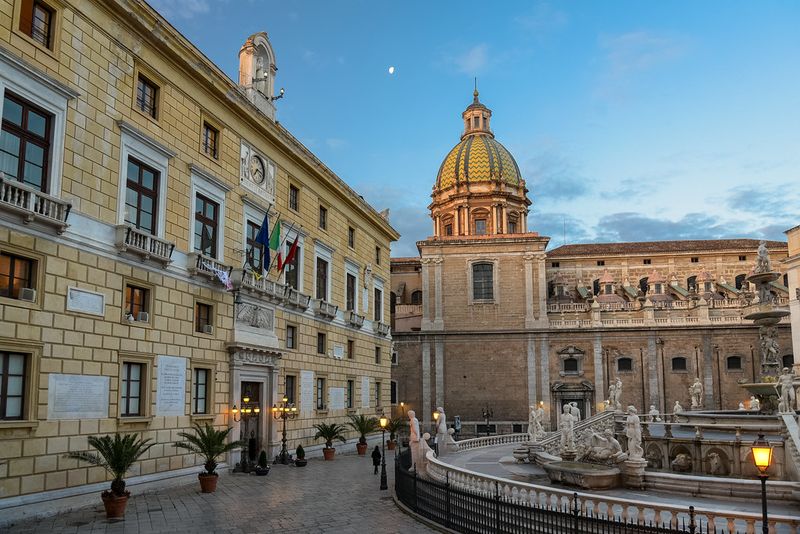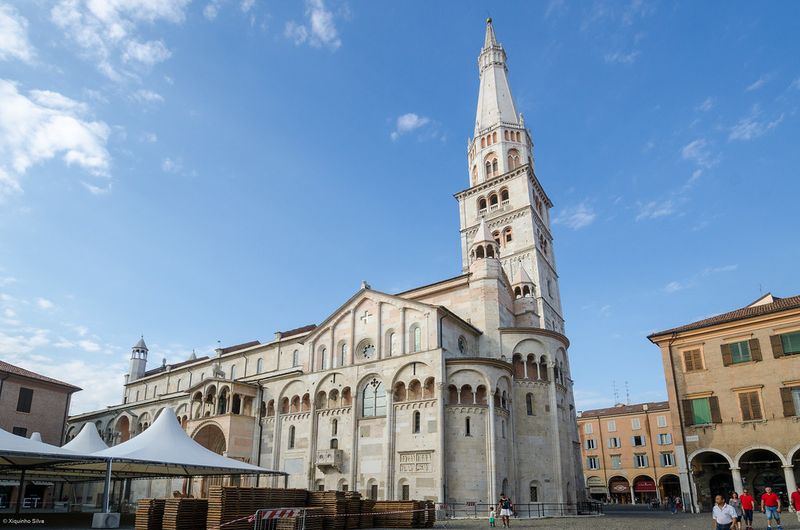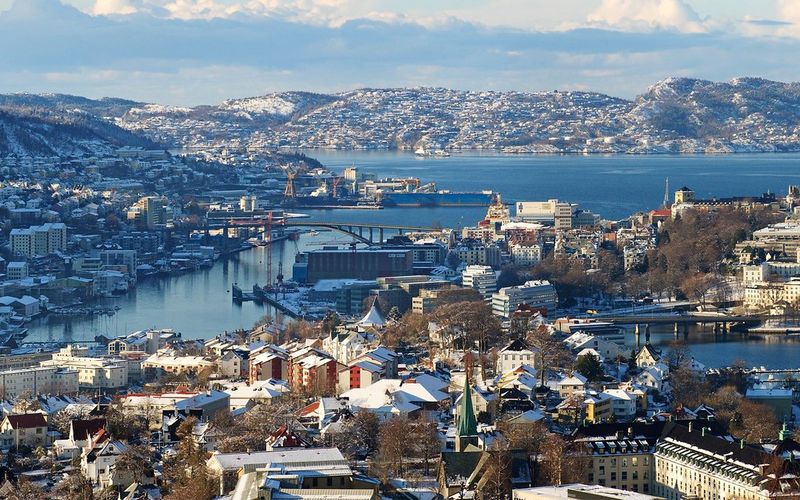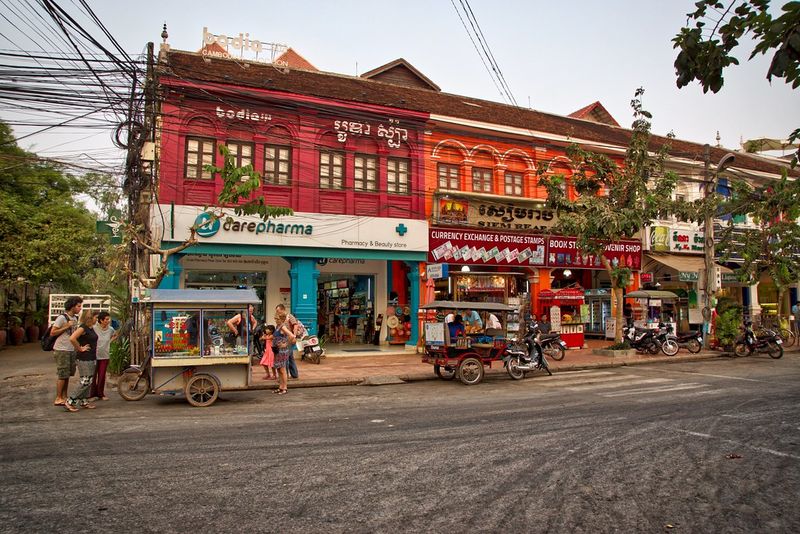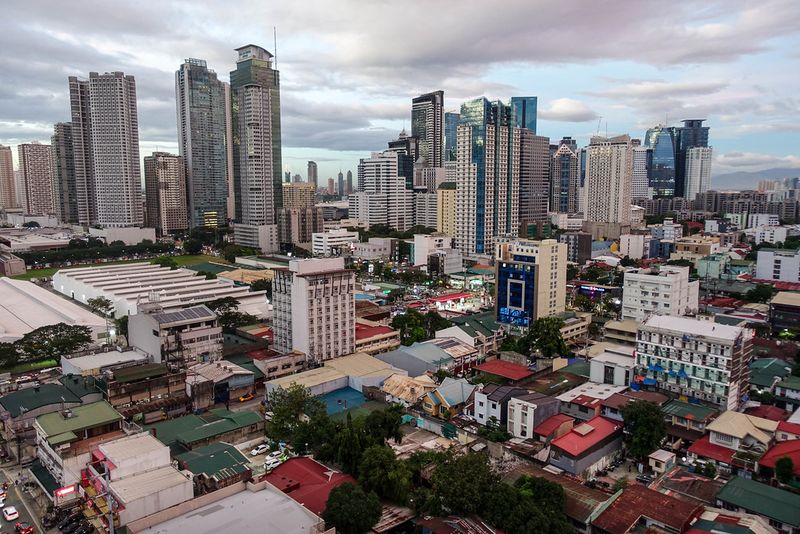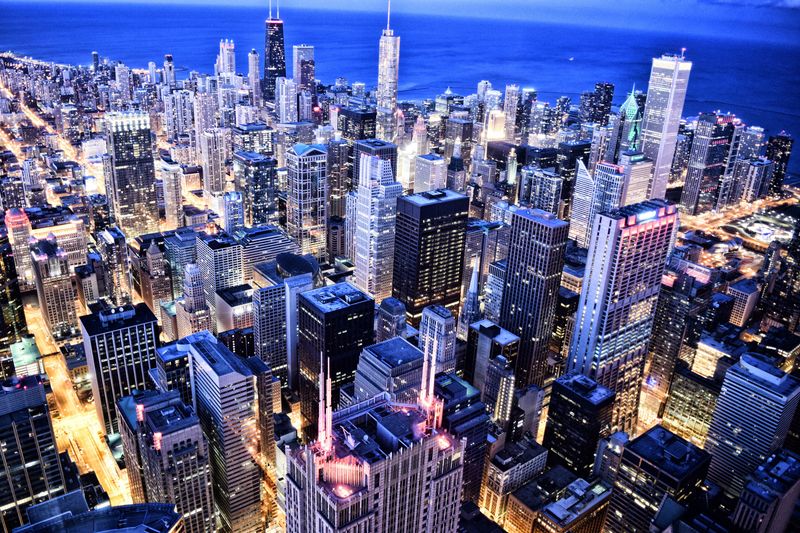When planning a culinary adventure, most travelers immediately think of Paris, Tokyo, or Barcelona. But beyond these famous food capitals lie incredible cities with mouthwatering cuisines that don’t get the spotlight they deserve. These hidden gems offer authentic flavors, unique cooking techniques, and food experiences that tell rich cultural stories. Pack your appetite and explore these ten underrated food destinations that should be on every food lover’s travel bucket list.
1. Oaxaca, Mexico: Land of Seven Moles
Tucked away in southern Mexico, Oaxaca captivates food enthusiasts with its complex moles and vibrant market scenes. Each neighborhood offers distinct flavors passed down through generations, from smoky tlayudas to chapulines (grasshoppers) seasoned with chile and lime.
The city’s culinary magic happens at places like Mercado 20 de Noviembre, where you can select raw meat and have it grilled before your eyes. Don’t miss sampling mezcal, the region’s smoky spirit, at small family-run palenques.
What makes Oaxacan cuisine special is its indigenous roots and preservation of pre-Hispanic techniques that have survived centuries of change.
2. Chiang Mai, Thailand: Northern Thai Flavor Paradise
Beyond pad thai lies Chiang Mai’s distinct northern Thai cuisine, characterized by herbs grown in misty mountains and recipes unchanged for centuries. Morning markets burst with activity as locals gather for khao soi, a curry noodle soup topped with crispy noodles that’s become the city’s signature dish.
Street food adventures here reveal treasures like sai oua (herb-packed sausage) and nam prik noom (roasted pepper dip). The food scene balances perfectly between street vendors and rustic restaurants where you sit on floor cushions around low tables.
Many dishes feature sticky rice rather than jasmine—perfect for scooping up complex dips and curries with your hands.
3. Palermo, Italy: Sicily’s Street Food Capital
Forget pizza and pasta—Palermo dances to its own culinary rhythm with Arab-influenced street foods that reflect Sicily’s complex history. Wandering through ancient markets like Ballarò or Vucciria feels like stepping back in time as vendors loudly advertise their sfincione (fluffy focaccia) and pani ca’ meusa (spleen sandwiches).
The city’s Arab heritage shines through in dishes like arancini (rice balls) and cassata desserts. Every corner reveals another delicacy—from panelle (chickpea fritters) to stigghiola (grilled intestines)—bold flavors that challenge timid palates.
Even gelato gets a makeover here with brioche con gelato—ice cream stuffed into a sweet bun—becoming breakfast for many locals.
4. Modena, Italy: Balsamic Vinegar’s Birthplace
Nestled in Italy’s Emilia-Romagna region, Modena crafts culinary magic beyond its famous balsamic vinegar. Home to Massimo Bottura’s Osteria Francescana, the city balances high-end dining with humble trattorias serving handmade pasta that melts in your mouth.
Markets overflow with Parmigiano-Reggiano, prosciutto di Modena, and cotechino sausage. Family-run acetaias (vinegar houses) age traditional balsamic in wooden barrels for decades, producing liquid gold that transforms simple dishes into extraordinary experiences.
The city’s culinary soul lives in its tortellini en brodo—delicate pasta pockets floating in clear broth—and gnocco fritto, fried dough pillows served with thinly sliced cured meats that locals enjoy as aperitivo.
5. Cape Town, South Africa: Where Cultures Collide on a Plate
Cape Town’s food scene explodes with flavors from Dutch, Malaysian, Indian, and indigenous African influences, creating a culinary tapestry unlike anywhere else. Bobotie (spiced meat with egg topping) and bunny chow (curry in hollowed bread) showcase this beautiful collision of cultures that developed through centuries of trade and migration.
The city’s seafood shines at harbors where fishermen bring daily catches straight to waterfront restaurants. Cape Malay cuisine—with its aromatic spices and slow-cooked stews—tells stories of the city’s complex past through dishes like denningvleis (lamb with tamarind) and koeksisters (twisted doughnuts).
Wine country sits just beyond city limits, offering world-class vintages that perfectly complement these bold flavors.
6. Bergen, Norway: Seafood Straight from Arctic Waters
Surrounded by fjords and mountains, Bergen serves seafood so fresh it practically jumps onto your plate. The historic fish market (Fisketorget) displays catches from some of the world’s cleanest waters—king crab legs larger than your arm and salmon that melts like butter.
Norwegian food culture comes alive through dishes like raspeballer (potato dumplings) and fårikål (mutton stew). Traditional smokehouse restaurants serve gravlax cured with dill and aquavit alongside hearty rye breads slathered with brown goat cheese that’s simultaneously sweet and savory.
Don’t miss skillingsbolle, Bergen’s famous cinnamon buns, enjoyed with strong coffee while watching fishing boats return to the colorful Bryggen wharf after a day at sea.
7. Siem Reap, Cambodia: Ancient Flavors Beyond Angkor Wat
While tourists flock to Angkor Wat’s ancient temples, Siem Reap’s food scene remains remarkably underappreciated. Cambodian cuisine—with its fragrant lemongrass, galangal, and kaffir lime—creates complex flavor profiles that balance sweet, sour, salty, and bitter in perfect harmony.
Morning markets reveal locals enjoying nom banh chok (rice noodles with green fish curry) for breakfast. Adventurous eaters can sample a-ping (fried tarantulas) while others might prefer fish amok steamed in banana leaves or kuy teav (noodle soup) ladled from street carts.
Cooking classes offer hands-on experiences with centuries-old recipes that survived the Khmer Rouge era, when many culinary traditions were nearly lost forever.
8. Manila, Philippines: A Melting Pot of Pacific Flavors
Manila’s food scene bursts with flavors from 7,000 islands, creating a culinary landscape as diverse as the archipelago itself. Spanish, Chinese, Malaysian, and American influences merge with indigenous cooking in dishes like kare-kare (oxtail stew with peanut sauce) and sisig (sizzling pig face with calamansi lime).
Street food culture thrives in neighborhoods like Binondo (the world’s oldest Chinatown), where vendors sell everything from halo-halo (shaved ice dessert) to balut (fertilized duck egg). The city embraces contrasts—luxury malls house restaurants serving elevated Filipino classics while street-side carinderias offer home-style cooking at plastic tables.
Manila’s food tells stories of colonization, resistance, and adaptation through each vibrant, unforgettable bite.
9. Chicago, USA: America’s Overlooked Food Giant
Chicago’s food scene extends far beyond deep-dish pizza and Chicago dogs. The city’s immigrant neighborhoods showcase global cuisines—from Polish pierogi in Avondale to Mexican carnitas in Pilsen and Ethiopian injera in Edgewater.
Culinary innovation flourishes in West Loop restaurants where chefs transform midwestern ingredients into artistic plates. Meanwhile, South Side barbecue joints smoke meat for hours using techniques passed through generations of Black families who migrated north during the Great Migration.
Chicago embraces contrasts—haute cuisine restaurants sit blocks from Italian beef stands where locals argue over whether sandwiches should be dipped, wet, or soaked. The city’s food scene reflects its no-nonsense character: unpretentious, diverse, and always satisfying.
10. Singapore: Hawker Centers as UNESCO Cultural Heritage
Singapore packs the flavors of an entire continent into a tiny island where food isn’t just sustenance—it’s national obsession. Hawker centers (open-air food courts) showcase Chinese, Malay, Indian, and Peranakan cuisines side by side, earning UNESCO cultural heritage recognition.
Follow locals to stalls with the longest lines for legendary dishes like Hainanese chicken rice, chili crab, and laksa (spicy coconut noodle soup). Each hawker specializes in just one or two dishes perfected over decades, creating culinary masterpieces for just a few dollars.
Beyond hawkers, Singapore offers everything from Michelin-starred restaurants to heritage eateries where recipes haven’t changed in generations—all in a country you can cross in under an hour.
